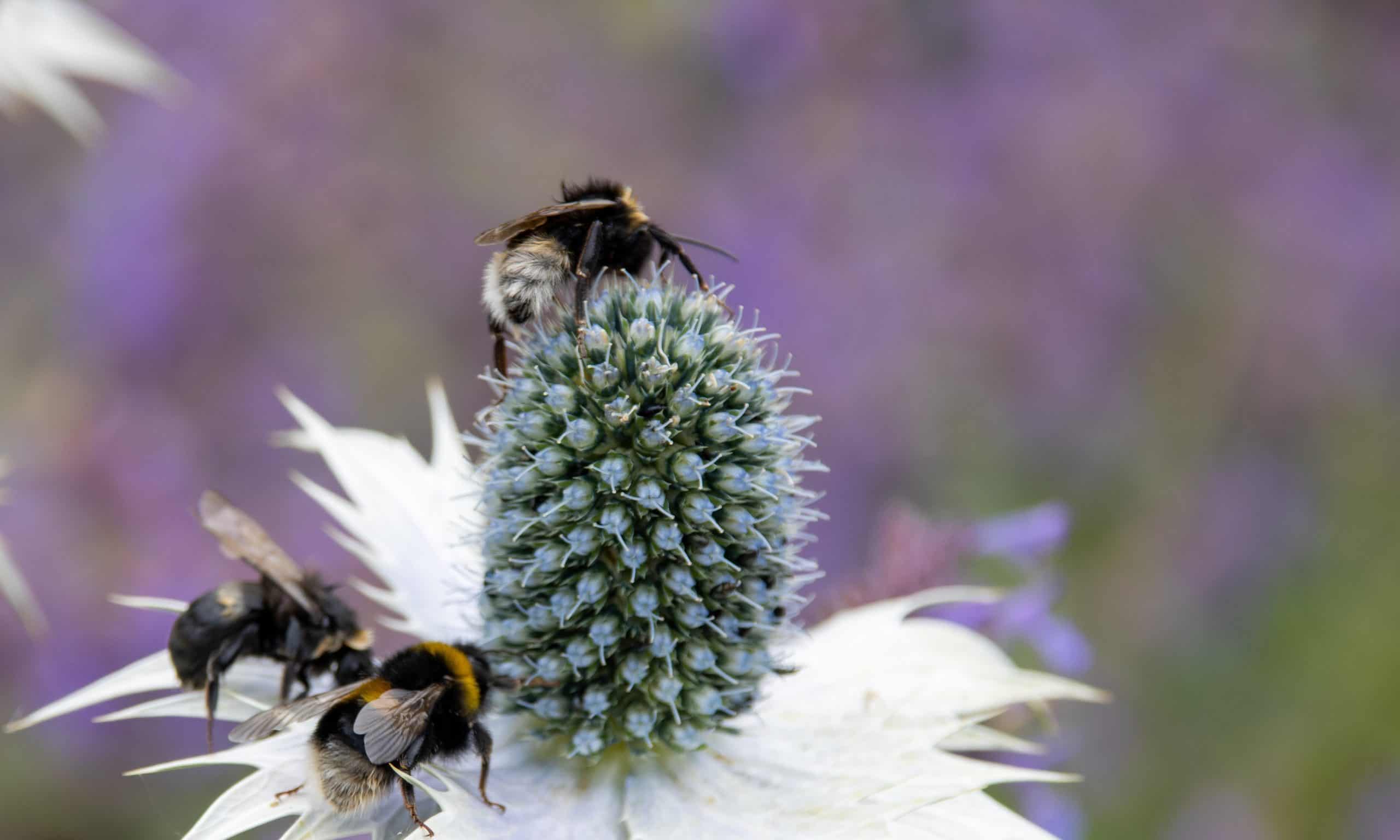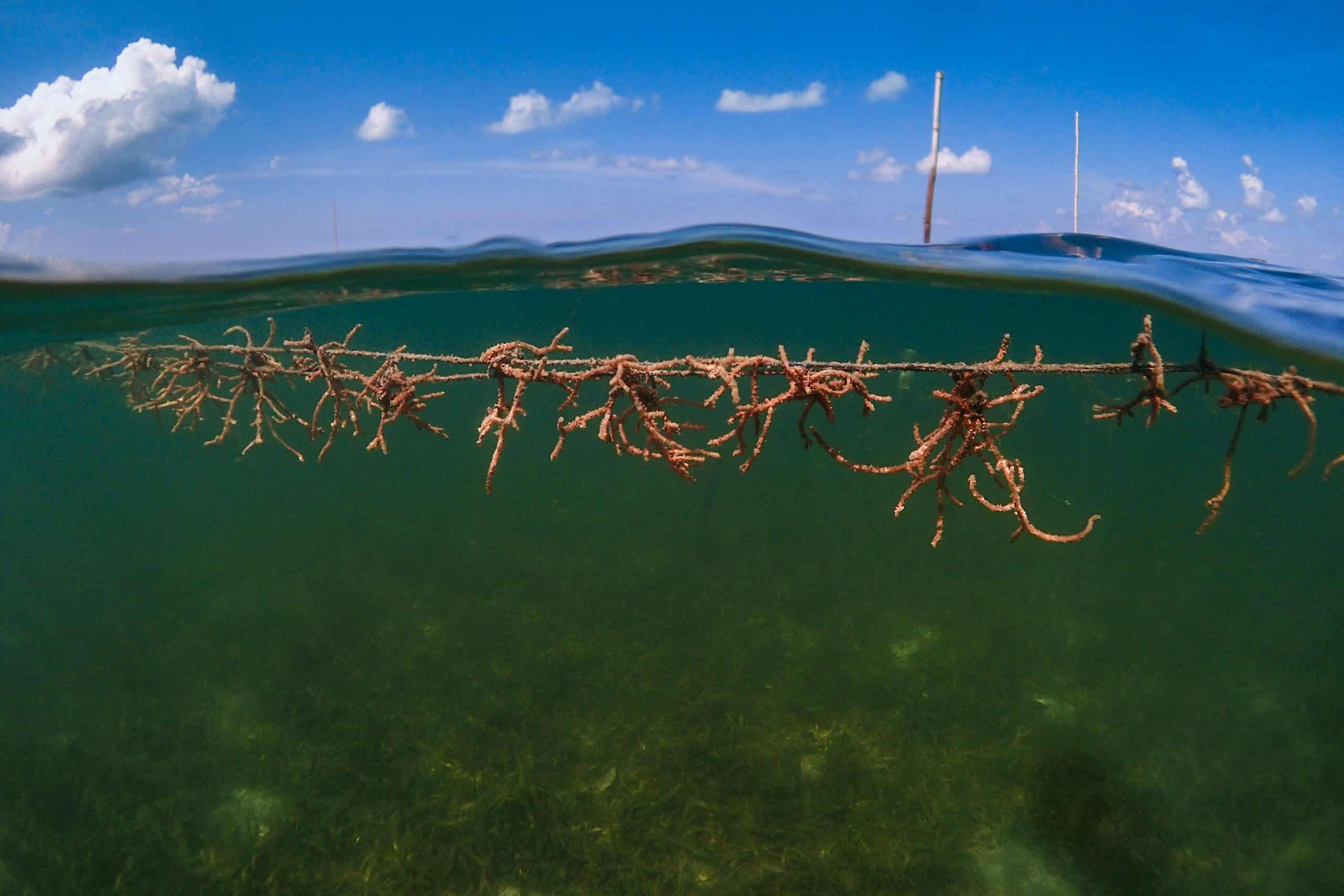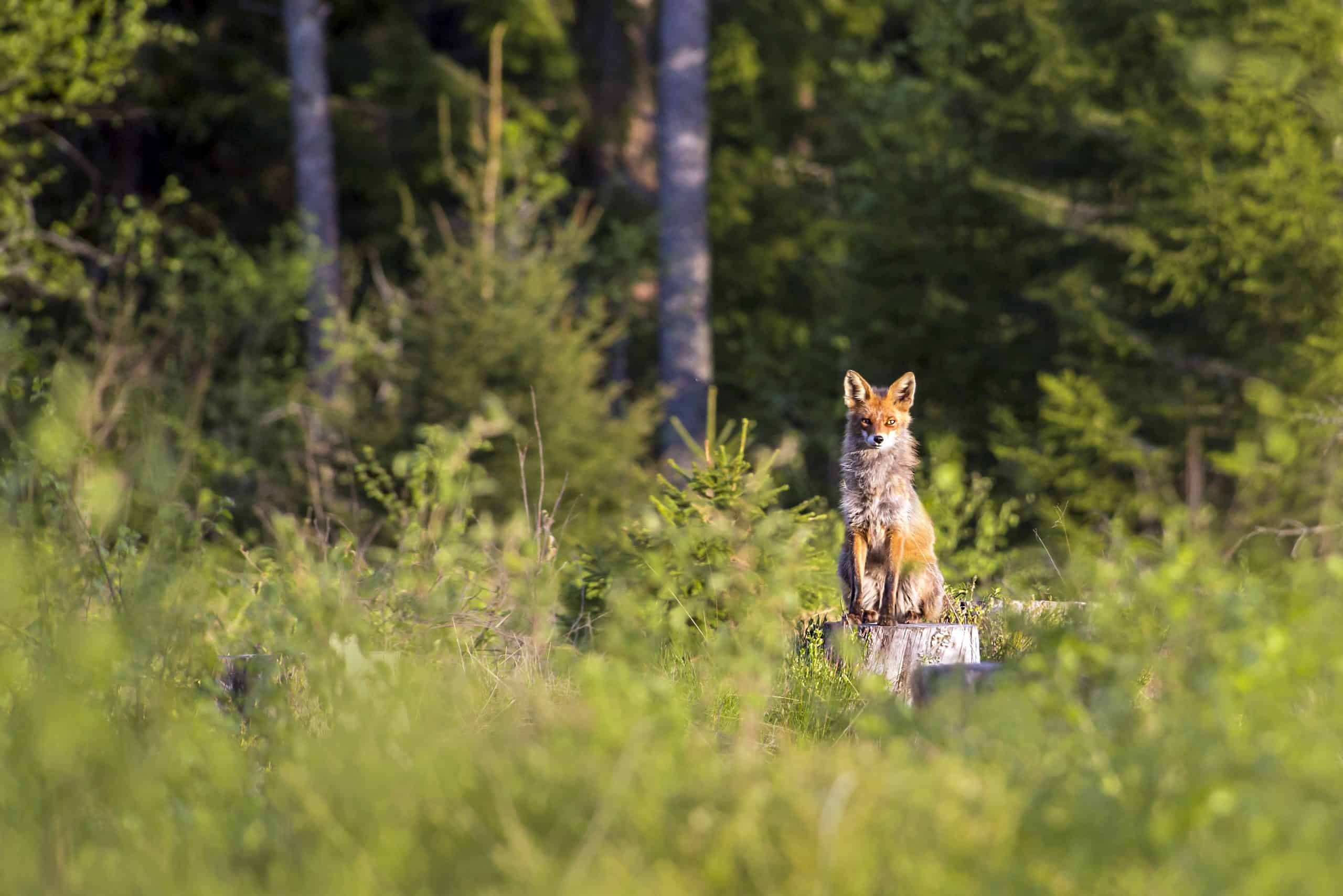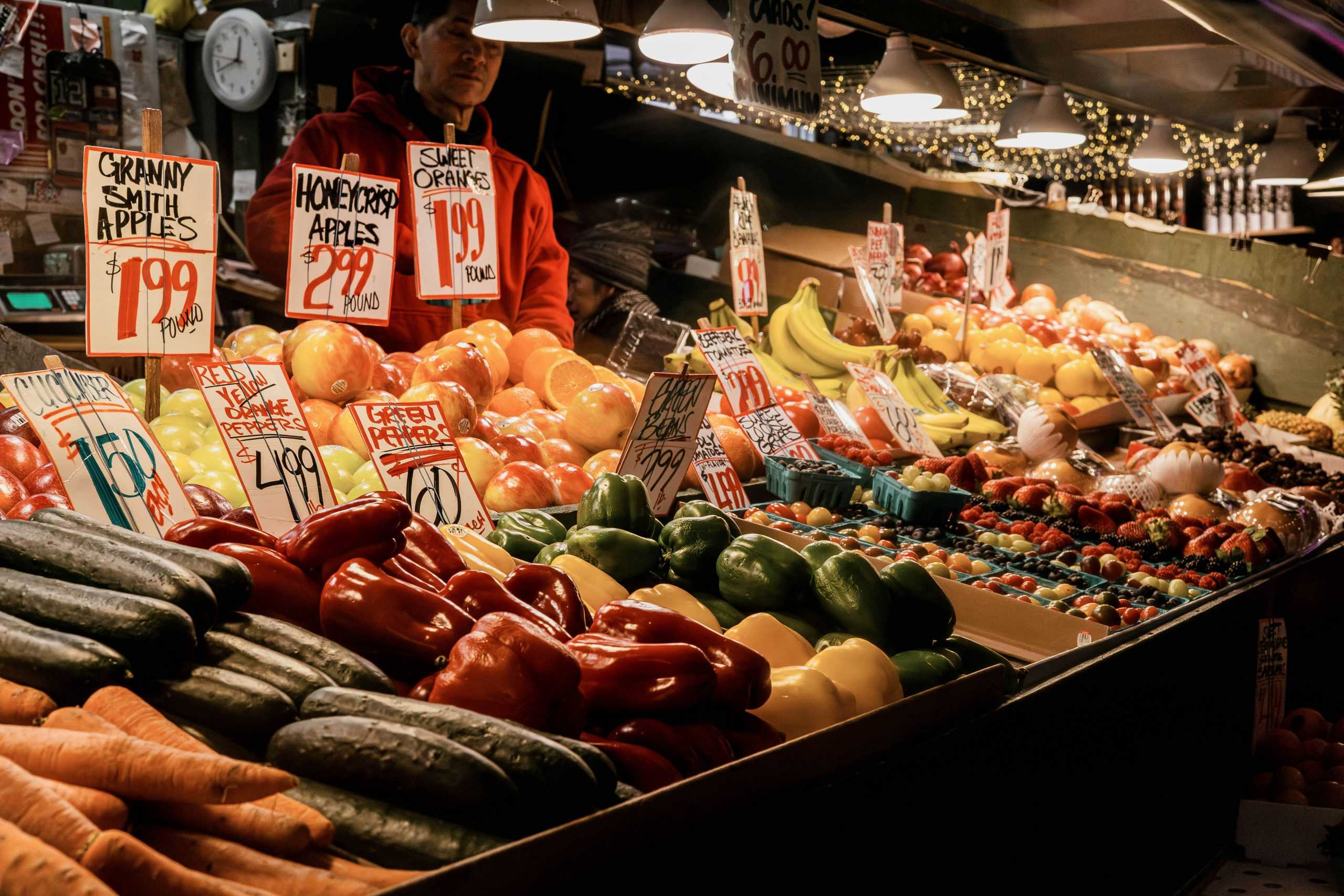Benefits
Transitioning food production systems to reduce their pressure on biodiversity through financial assistance, training, and technical support for meat, dairy, and seafood producers to shift to plant-based and agroecological practices offers significant benefits for climate change mitigation. These measures can lead to lower greenhouse gas emissions, improved soil health, and enhanced carbon sequestration. Supporting market share for agroecologically produced food promotes sustainable consumption patterns, helping to preserve ecosystems and biodiversity. This holistic approach not only addresses climate change but also ensures a just transition for farmers and communities reliant on traditional farming practices.
Measures
Offer financial assistance and incentives, including redirecting subsidies, to encourage producers to transition to agroecological practices. This can be aided by removing the barriers associated with the costs of changing production practices and diversifying crops. Furthermore, this may include compensating producers to retire and rewild land previously used for industrial meat and dairy production. Government funding programmes can support farmers with long-term funding and technical assistance to convert land used for pasture and feed crops into native habitats that can store carbon and restore nature.
Provide technical support to help meat, dairy, and seafood producers shift to plant-based and agroecological production. Support could be provided at the company and investor level, as well as to farm workers and smallholders.
Help enhance market opportunities for food produced through agroecological practices by promoting initiatives such as certification, labelling, and procurement policies. These can help open markets for farmers using agroecological practices, particularly women, Indigenous people, people of colour and other marginalised producers.
Examples
In Denmark, where 70% of agricultural land is used to grow animal feed, the government allocated 578.5 million kroner (approximately $90 million) to pay bonuses to Danish farmers who grow plant-based protein for human consumption. This scheme runs over five years, as part of Denmark’s broader 1.25 billion kroner investment plan aimed to promote more sustainable food production, reduce its environmental impact, and meet climate goals. Read more here.
In 2024, the European Commission approved a €700 million Dutch scheme to compensate farmers for voluntarily closing livestock farming sites in environmentally sensitive areas of the Netherlands. The scheme, running until 1 October 2029, aims to improve environmental quality by reducing nitrogen emissions and promoting sustainable practices in the livestock sector. It targets small and medium-sized farmers in designated priority areas such as peatlands, sandy soils, stream valleys, and areas near Natura 2000-areas. To be eligible under the scheme, the annual nitrogen emissions of the site must reach certain thresholds to ensure that their closure has a sufficient positive environmental impact. Eligible farmers will receive subsidised advisory services and grants covering up to 100% of the costs associated with closing their operations, including compensation for lost production rights, dismantling facilities, and related expenses. The scheme complements other Dutch schemes aimed at reducing nitrogen deposition in nature conservation areas. Livestock farmers can only participate in one of the three schemes.







